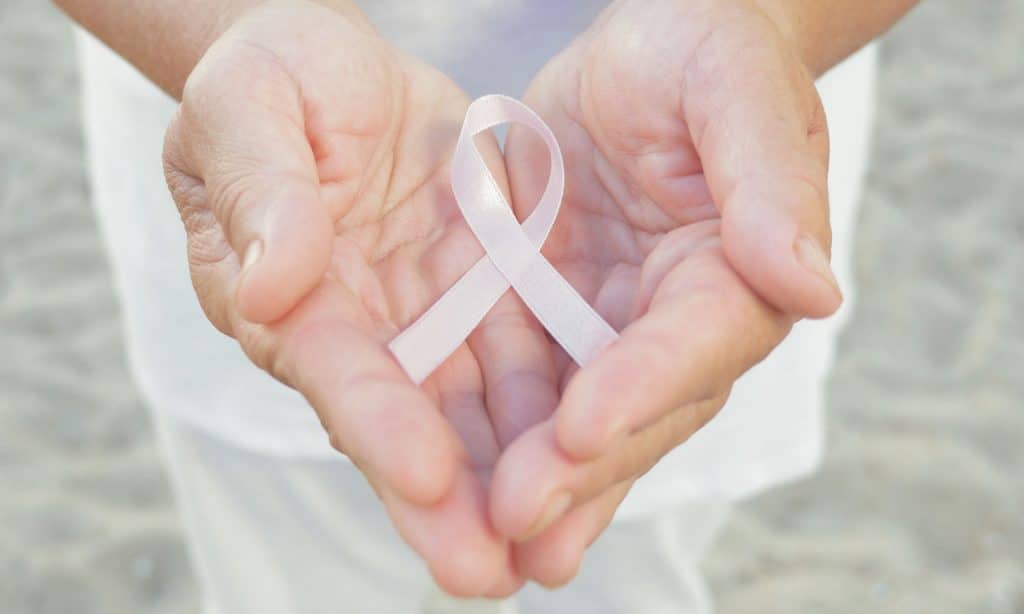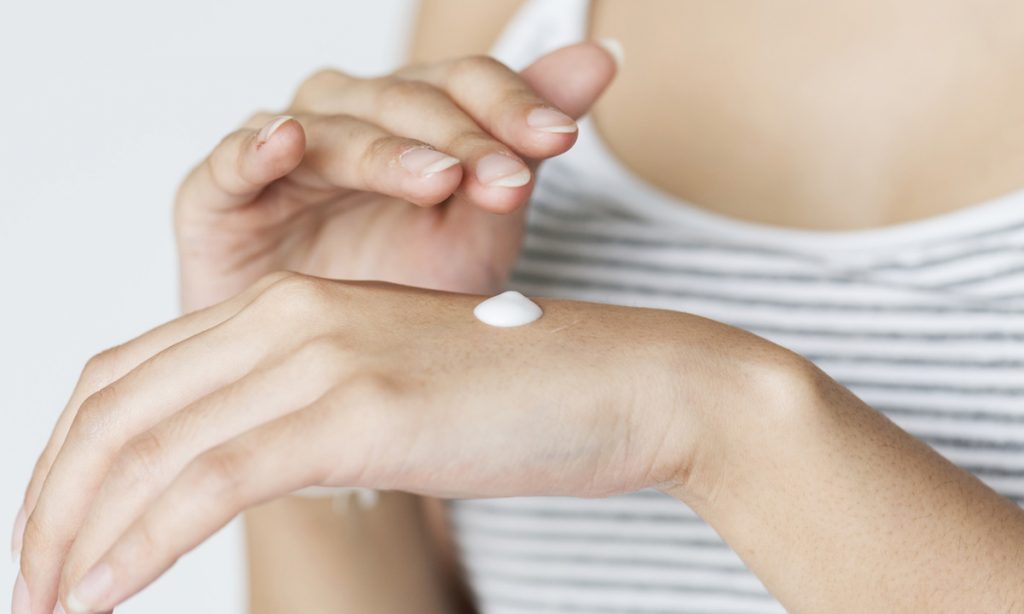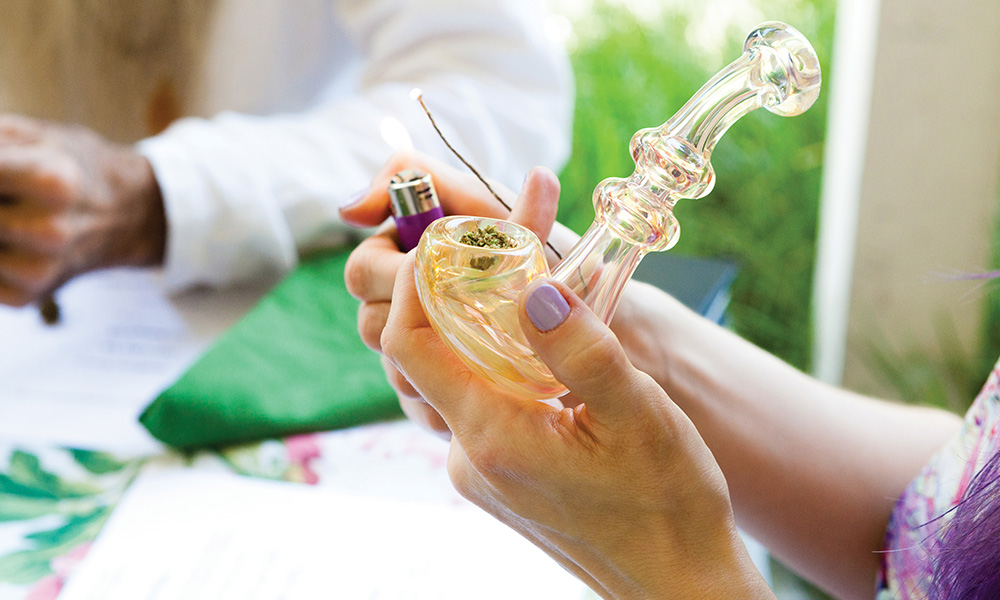Poland’s Institute of Natural Fibers & Medicinal Plants (IWNiRZ) has launched a program aimed at lifting the fortunes of the agrarian nation’s hemp farmers while expanding the country’s international footprint through a wide range of research, development and new business activities.
“The dynamic annual increase in the scale of hemp farming in Poland is an opportunity to improve the financial situation of Polish farmers, especially small landholders,” said Witold Czeszak, who heads the Institute’s Technology Transfer Department, and is co-founder and manager of the new initiative, the Polish Hemp Program.
At the same time, Czeszak said IWNiRZ is responding to the needs of the global industrial hemp market, setting an example for effective commercialization of intellectual property rights developed at the Institute, which marks its 90th anniversary this year.
Working globally, locally
Supervised by Poland’s Ministry of Agriculture and Rural Development, IWNiRZ participates in a wide range of national and international projects, cooperates with numerous scientific organizations around the world, and carries out comprehensive research on the harvesting and processing of natural fibrous and herbal materials. That includes extensive R&D into machines for harvesting, and processing technology for a variety of whole-plant applications. The Institute is currently working with Polish farmers and innovators in developing threshing machines and a hemp harvester for seed material, and provides harvesting services.
Supporting Polish farmers
By offering farmers the chance to earn as much as 15,000 Polish zlotys ($3,800/€3,352) per hectare, the Institute’s outreach in the Polish farming community is creating interest among a young generation of farmers and entrepreneurs who clearly see the potential in industrial hemp. “It’s an opportunity for them to develop processing solutions aimed at producing all kinds of finished products,” Czeszak said.






